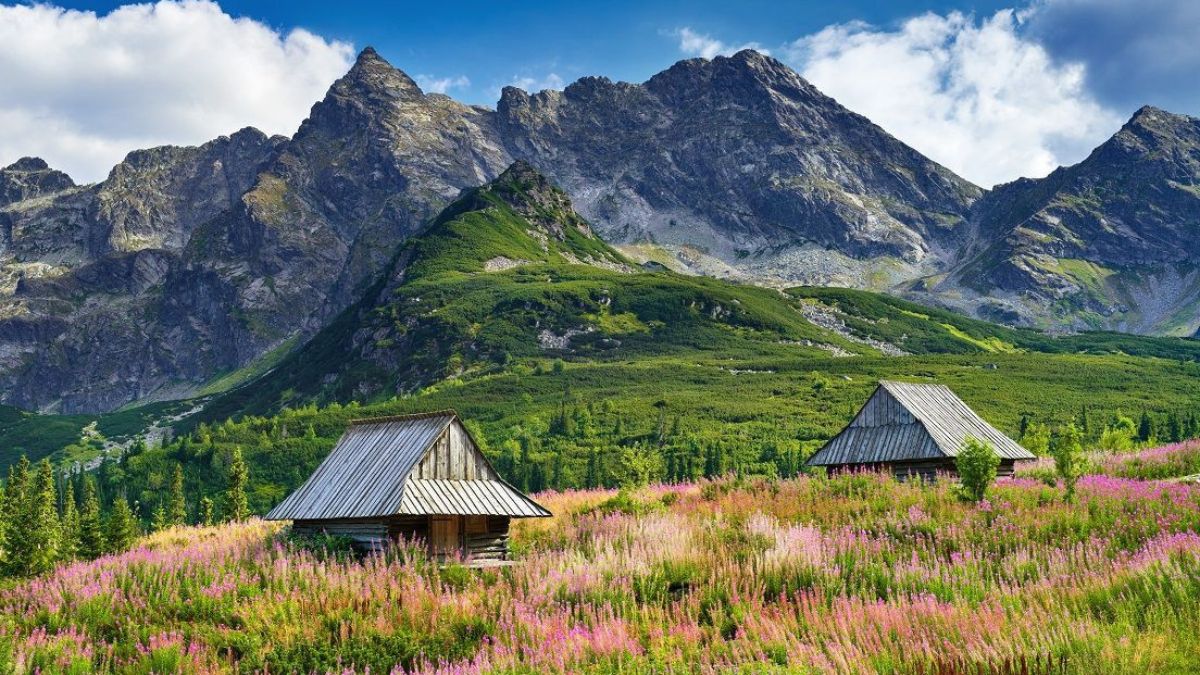
Beautiful destinations in Poland. From the Baltic Sea coast in the north to the Tatra Mountains in the south, and with plenty of exciting cities, fascinating monuments, and diverse, wild nature in between, Poland offers unique experiences in each province. To help you plan your next vacation, we present the most beautiful places in Poland.
Beautiful destinations in Poland: Warsaw
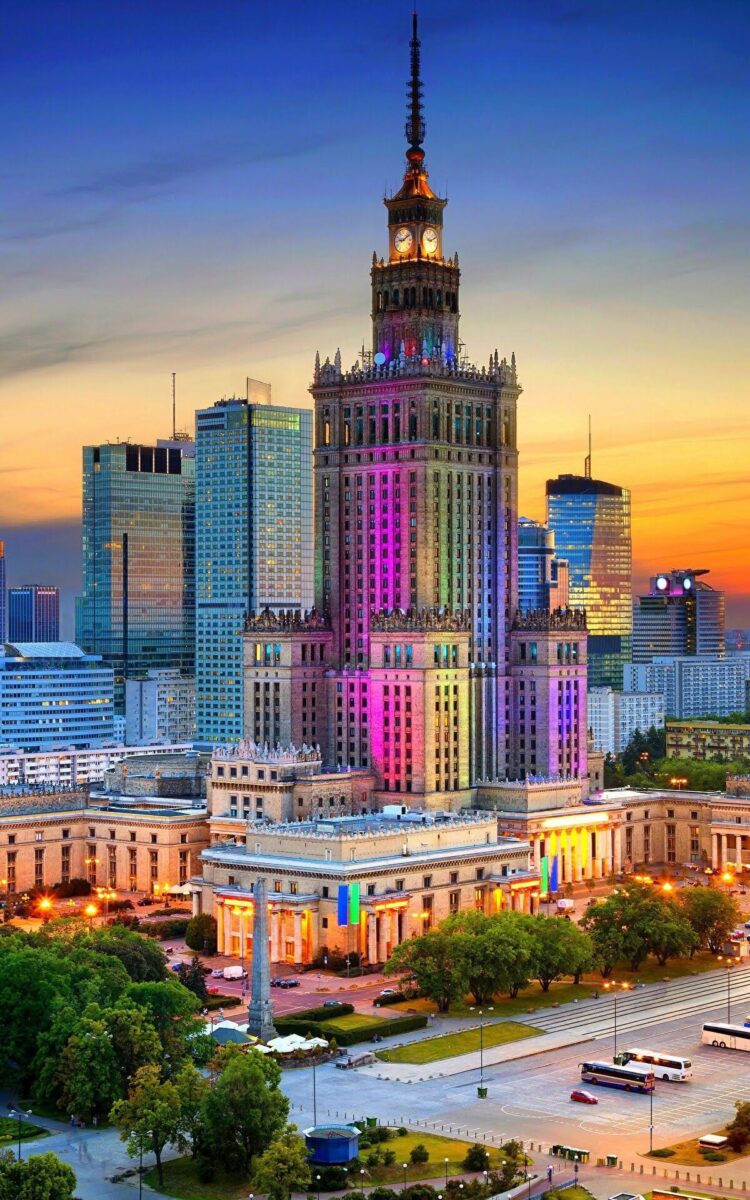
Whether for a city break or a sightseeing tour, Warsaw, the proud capital of Poland, is undoubtedly one of the country’s most beautiful places. Nowhere else can you learn more about Poland’s history. Warsaw has been through a lot over the years, being almost completely destroyed during World War II and rebuilt in the following decades.
The city’s most beautiful monuments include the early Baroque Royal Castle, the Palace of Culture and Science, the Warsaw Uprising Museum, and the Fryderyk Chopin Museum, dedicated to the famous Polish pianist. Additionally, Warsaw boasts vibrant city life: whether it’s shopping, dining, or nightlife, Warsaw has a high lifestyle factor!
Krakow
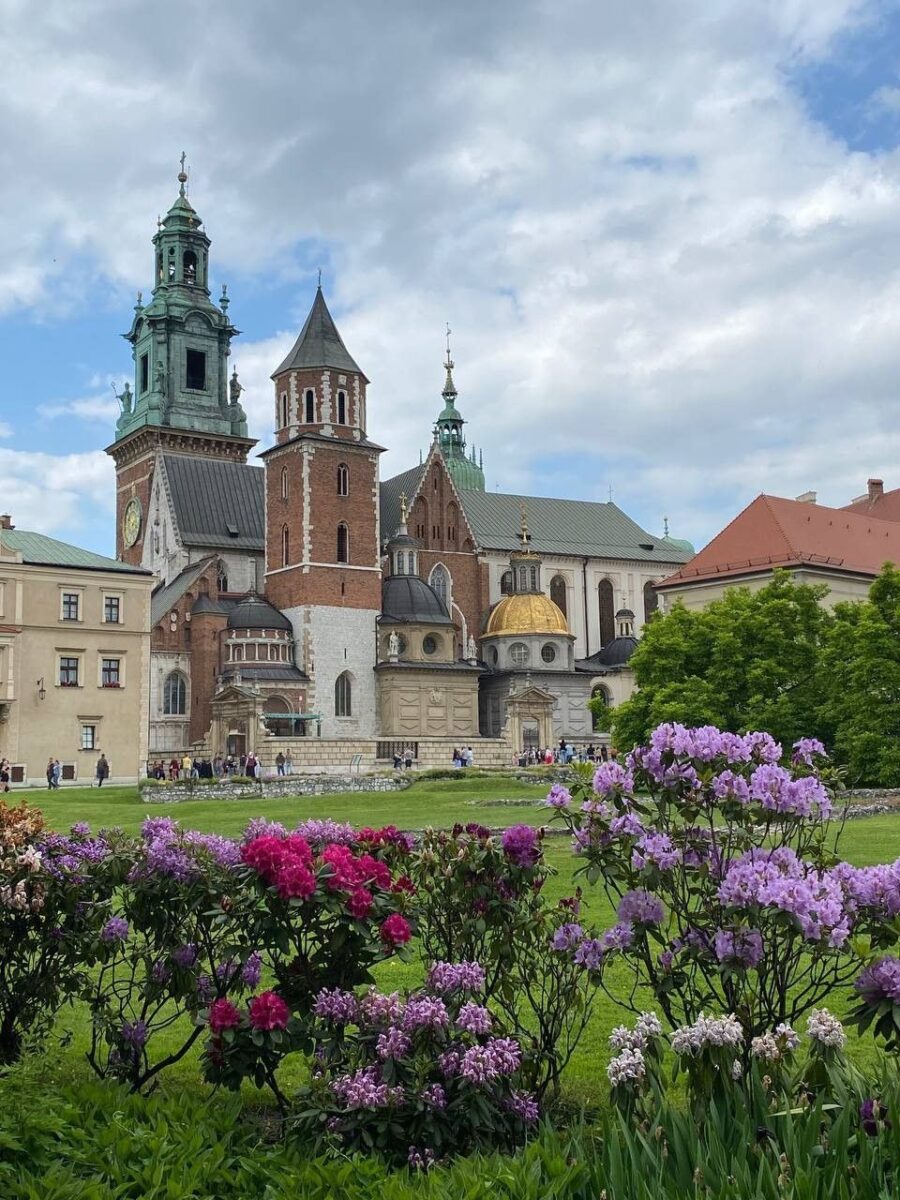
In the south of Poland lies Kraków, the country’s second-largest city, which served as the capital until 1596. Unlike Warsaw, Kraków was not completely destroyed during World War II and is renowned for its well-preserved medieval city center. In 1978, the historic center was included on the UNESCO World Heritage List, making it one of Poland’s most beautiful landmarks.
Kraków’s market square, the largest medieval market square in Europe, spans over 40,000 square meters and measures 200 meters in both length and width. Highlights include the tenement houses, noble palaces, St. Mary’s Church, and the 13th-century Cloth Hall. Additionally, the “Oskar Schindler’s Enamel Factory” museum is a must-visit. Oskar Schindler employed Jews as forced laborers in his factory, saving thousands from death.
Polish coast of the Baltic Sea
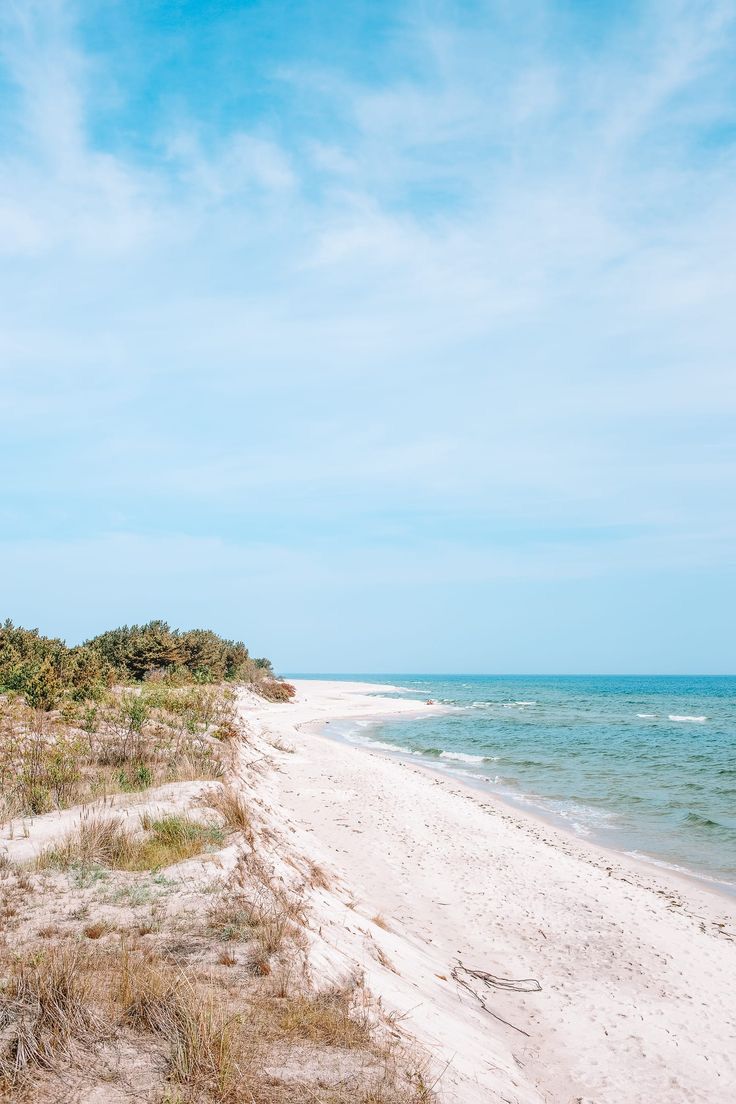
Poland’s northern border along the Baltic Sea attracts numerous holidaymakers to its sandy beaches, spanning over 500 kilometers and offering ideal vacation spots. Compared to neighboring Germany, prices are generally lower. Among the popular destinations is the port city of Świnoujście, boasting the widest beach in Poland, stretching 200 meters wide.
Another highlight is the Łeba section, once a charming fishing village and now renowned as Poland’s most beautiful natural beach. Designated as a seaside resort since 1862, its snow-white sands, turquoise-blue waters, and surrounding dense pine forest create a picturesque setting. Besides sunbathing and swimming, visitors can enjoy various sports activities. Additionally, Łeba is famous for its moving dunes, part of the Słowiński National Park.
Read also: 10 most beautiful Polish beaches on the Baltic Sea. Your holiday will be unforgettable here!
Słowiński National Park
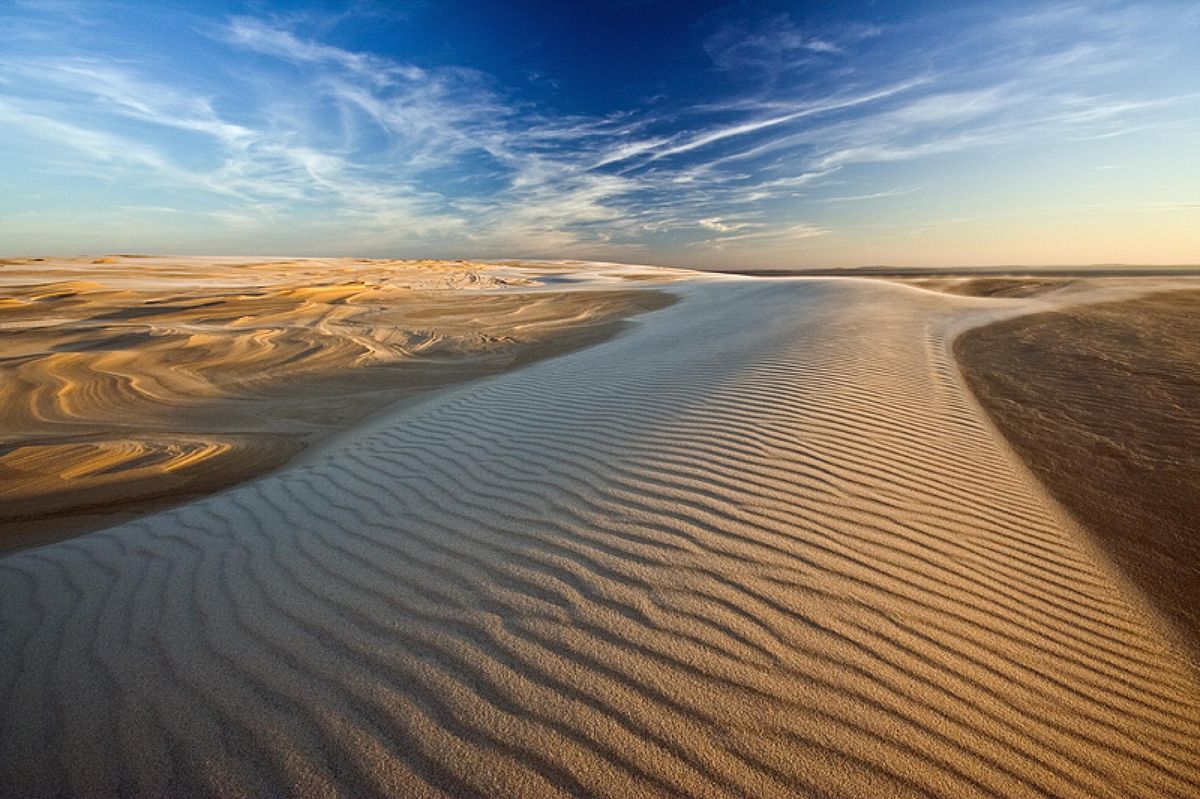
Near the Baltic Sea, within the Słowiński National Park, lies a remarkable natural feature on the Polish coast: the moving dunes. These dunes form part of one of the longest dune systems in Europe. Driven by wind, the sand moves at a rate of five centimeters per second, shaping dunes that can reach over 40 meters in height. It’s no surprise that this area is often referred to as the “Polish Sahara.”
Gdańsk
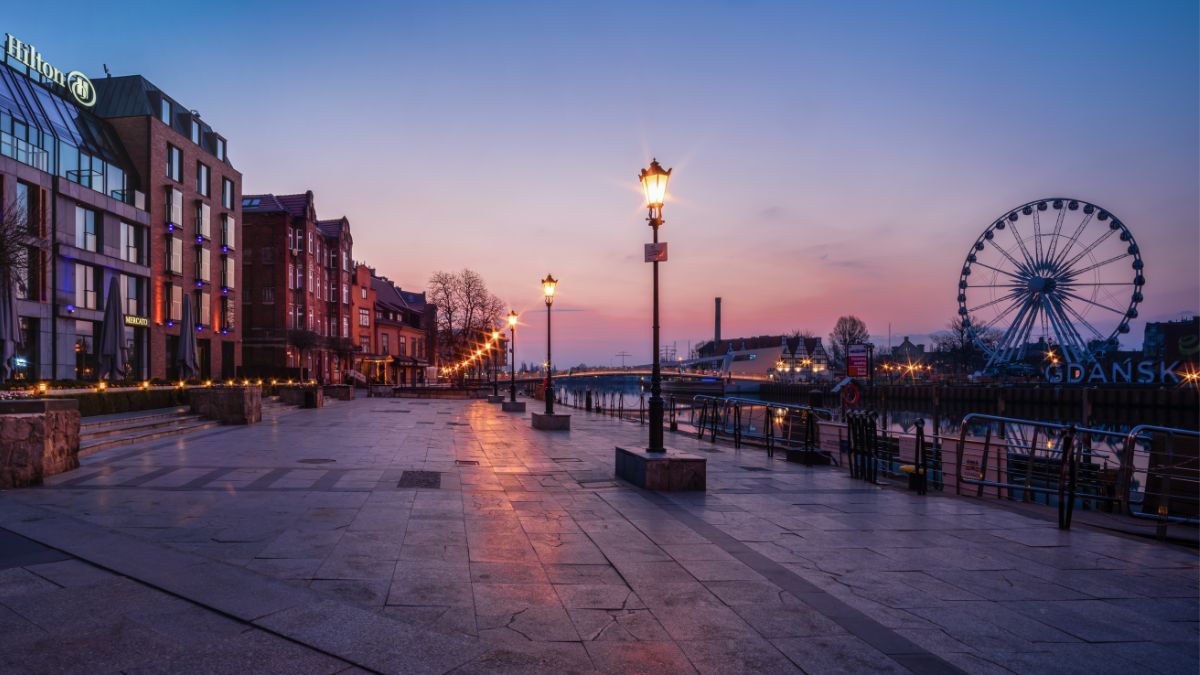
Travelers to the Polish Baltic Sea should make a stop in Gdańsk, a city steeped in maritime charm unlike any other in Poland. Alongside Sopot and Gdynia, Gdańsk forms the renowned Tricity. In Gdańsk’s historic center, visitors are greeted by a beautiful old town. Długi Targ, adorned with colorful tenement houses, hosts attractions such as the Main Town Hall and the City History Museum.
Notably, Gdańsk is home to one of the country’s most significant churches, St. Mary’s Church, the largest brick church in Europe. Stretching 105 meters in length and 66 meters in width, it can accommodate up to 25,000 people. Adventurous visitors can climb the 409 steps to the bell tower’s top for a breathtaking view of Gdańsk.
You can find more about visiting Gdańsk HERE .
Wolin
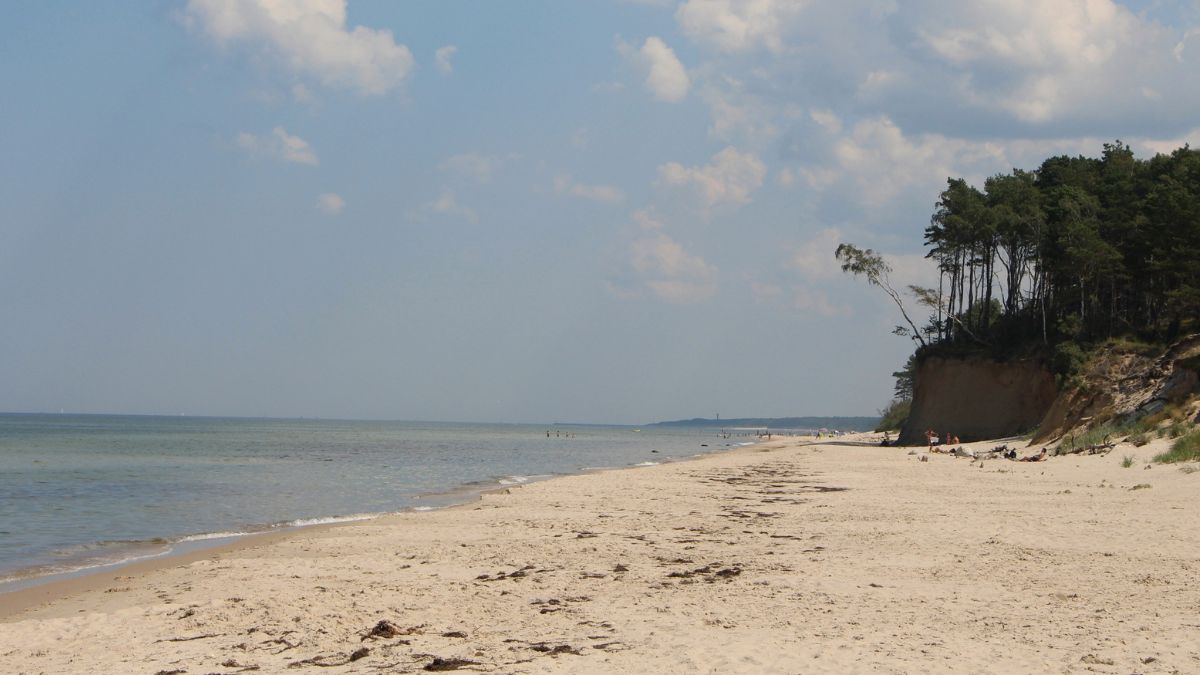
Wolin Island, situated on the Polish-German border near Usedom, boasts a coastline renowned for the highest number of sunshine hours in the country, making it a sought-after holiday spot. Among its renowned seaside resorts is Międzyzdroje, often dubbed the “Polish Cannes.” Annually, it hosts the “Star Festival,” akin to the Cannes Film Festival.
Beyond its beaches and resorts, Wolin Island offers abundant natural beauty, notably the Wolin National Park, sprawling over 11,000 hectares. The park is a habitat for various animal species, including white-tailed eagles, beavers, and butterflies. Visitors can also observe several nearly extinct bison specimens at the wildlife park.
Wrocław
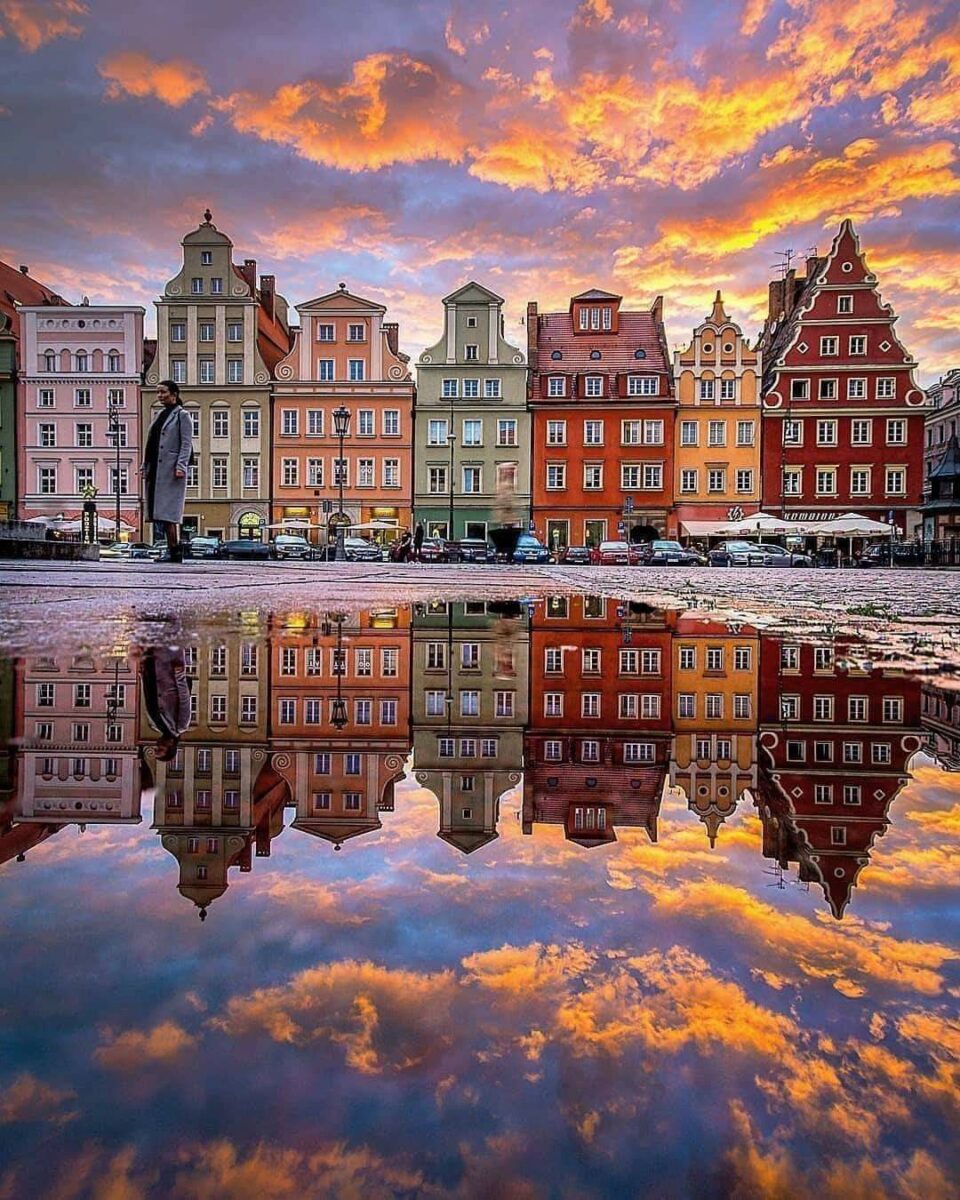
Wrocław, the capital of Lower Silesia, stands out as one of Poland’s most stunning cities. Situated directly on the Oder River, it boasts a picturesque old town often referred to as the “Venice of the East” due to its abundance of bridges. Water plays a significant role in the city, evident in attractions like the Hydropolis museum—a modern, scientific exhibition dedicated to water.
The medieval Market Square is a highlight of Wrocław, having served as the city’s commercial hub for centuries. Today, it ranks among Poland’s largest squares, surrounded by approximately 60 noble tenement houses dating back to the 13th century. Notable landmarks include the Gothic town hall, numerous historic churches, and a cloth hall. For a panoramic view of the old town, visitors can ascend the Church of St. Elizabeth.
Check out: The most beautiful places in Poland. Monuments and natural wonders from the UNESCO list
Szczecin
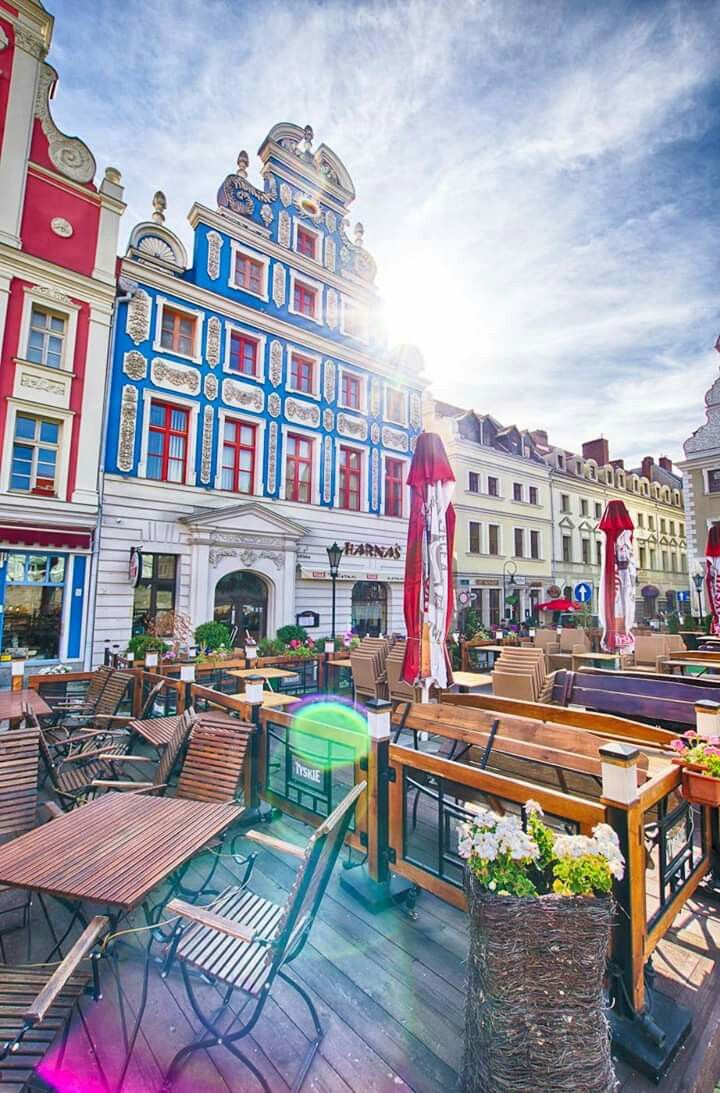
Szczecin, located on the banks of the Oder River in north-western Poland, is also known as a city of water. Its proximity to Germany is evident, as it was part of Germany until 1945. Today, it serves as the focal point of the Polish-German agglomeration of Szczecin, slated to evolve into a European metropolitan region boasting around one million inhabitants. With its waterfront location, Szczecin offers scenic seaside promenades perfect for leisurely strolls, boat trips, and water sports. Among its notable landmarks are the Szczecin Castle, St. Jakub’s Cathedral, the Philharmonic, and Wały Chrobrego, home to the National Museum.
Poznań
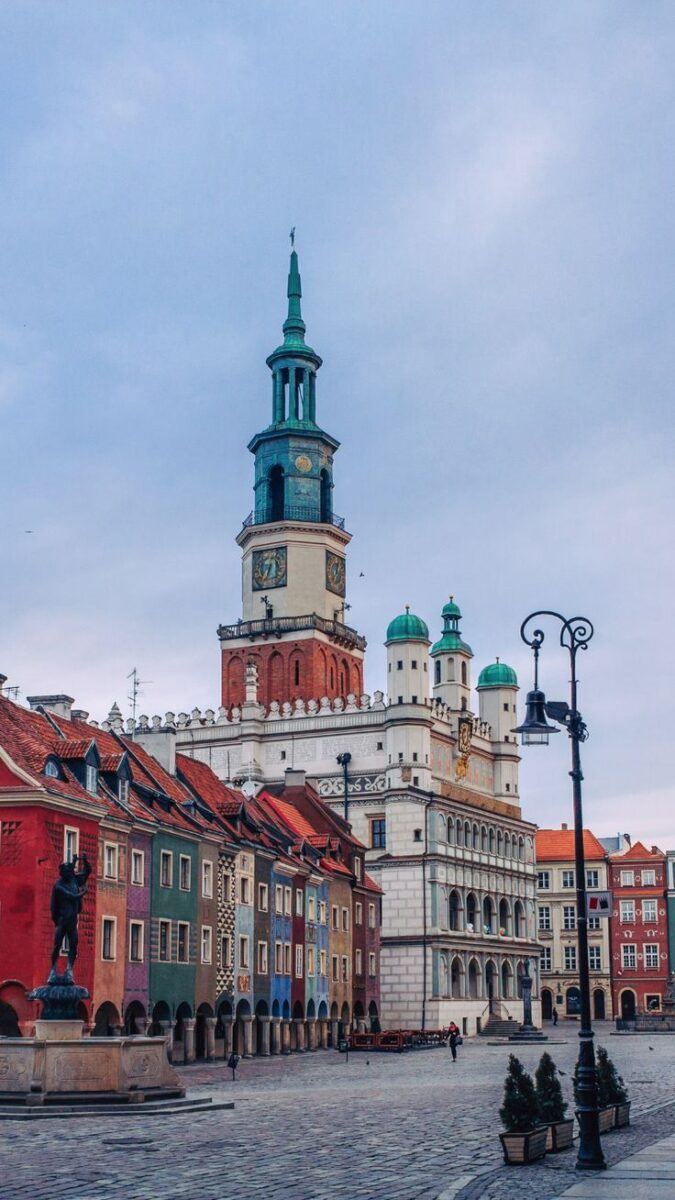
Poznań, situated in the west-central region of Poland, serves as the capital of the Greater Poland Voivodeship and is renowned for its vibrant student community. While it prides itself on its youthful and contemporary ambiance, Poznań also boasts a rich historical heritage. The city’s stunning Renaissance-era old town captivates visitors with its architectural splendor. Notable landmarks include a grand residential palace dating back to the early 20th century, the imposing cathedral, the National Museum, and the iconic town hall located in the Old Market Square. Of particular interest is the famous clock, where two goats emerge daily at noon to playfully bump heads twelve times, delighting tourists and locals alike. You can find more about visiting Poznań HERE.
Łódź
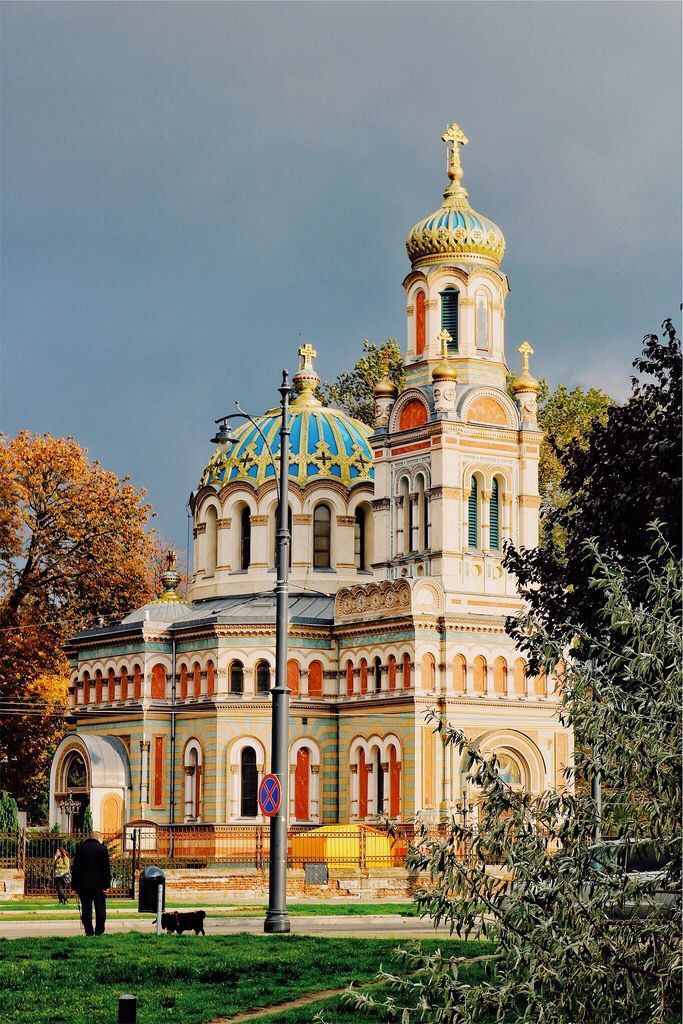
If you’re curious of Poland’s industrial history, a trip to Łódź is a must. Known as the “Manchester of Poland,” the city takes pride in its industrial roots. Łódź was once the heart of the Polish textile industry. Today, you can explore the city’s textile heritage and visit cotton mills at the Central Textile Museum. Other notable landmarks include the Izrael Poznański Palace, the Museum of the City of Łódź, the Cinematography Museum, the EC1 Planetarium, and Piotrkowska Street, the longest street in Poland, perfect for shopping.
Masurian Lake District
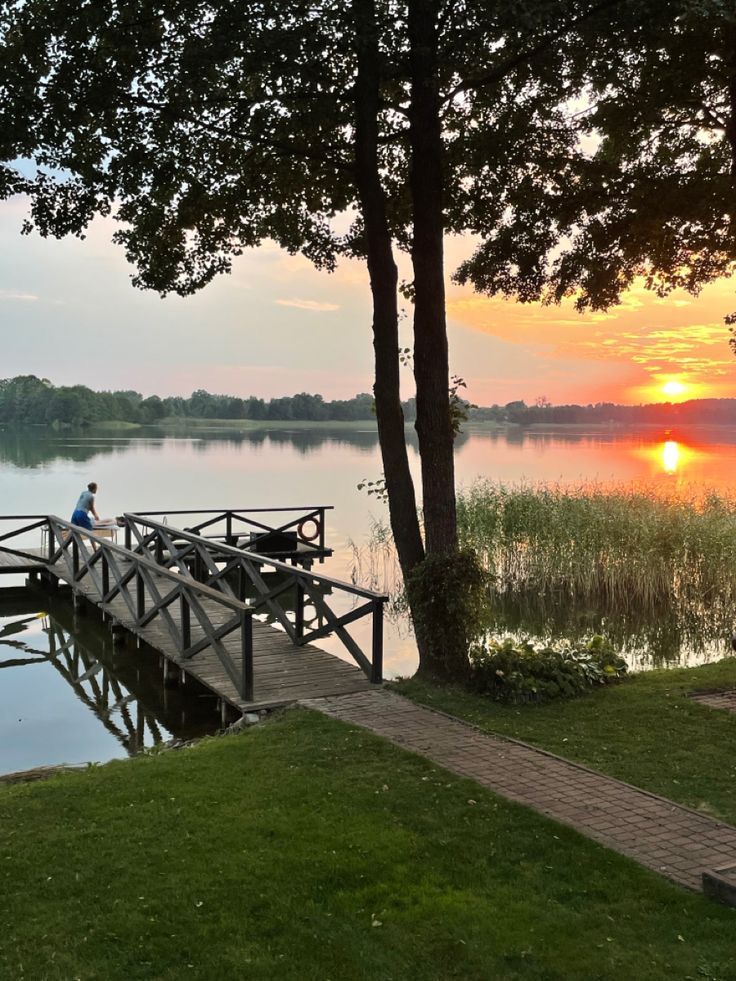
The most stunning natural scenery in Poland covers around 1,700 square kilometers in the Warmian-Masurian Voivodeship: the Masurian Lake District. This expansive region in northeastern Poland boasts the country’s largest freshwater reservoir, with approximately 2,700 lakes spanning over one hectare each. Named after the West Slavic tribe of Masuria, this area is a haven for nature lovers seeking tranquility and outdoor activities such as hiking, cycling, sailing, and fishing. Roughly 40 percent of the Masurian Lake District is designated as nature reserves, preserving its pristine beauty for generations to come.
Read also: Holidays in Polish Masuria: 8 most beautiful places worth visiting here
Tatra Mountains
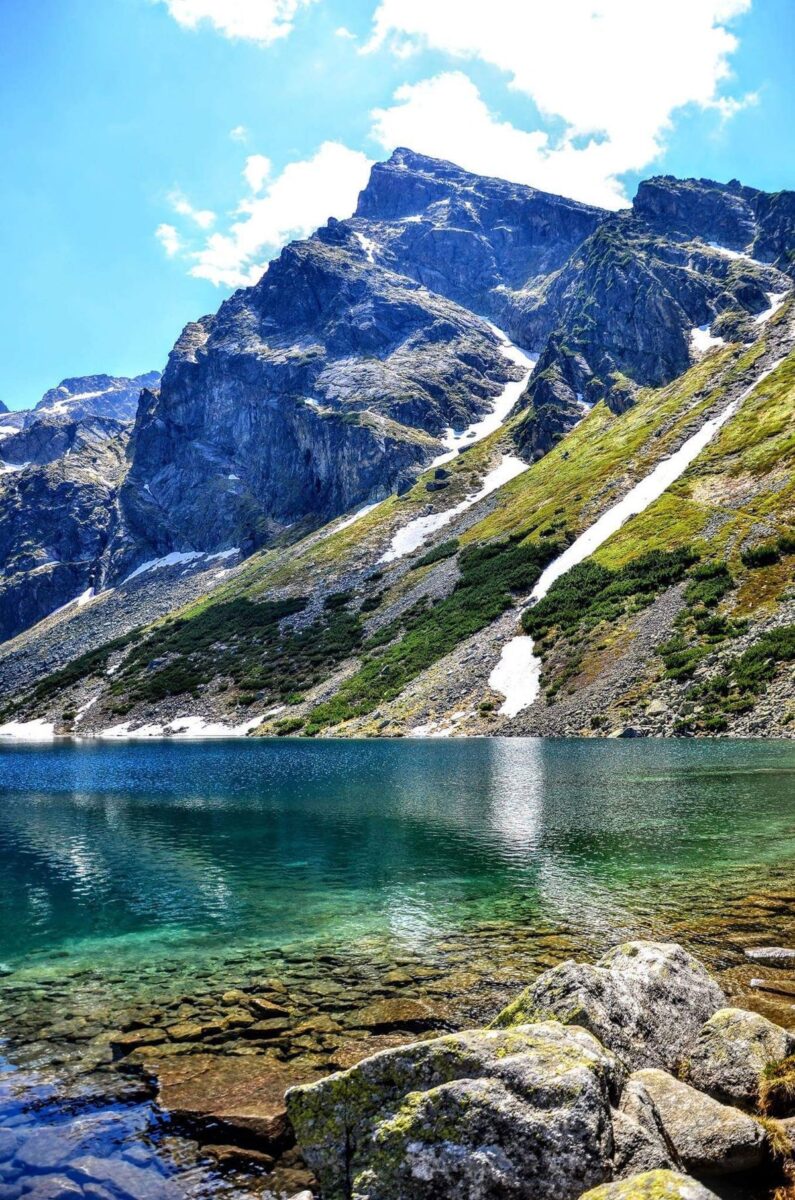
If you’re seeking lofty heights, head to the south of Poland, where the majestic Tatra Mountains rise—the highest mountain range between the Alps and the Caucasus. Stretching along the border between Slovakia and Poland, this region is protected as a national park in both countries. In the Tatra National Park, well-marked trails lead hikers to peaks, mountain lakes, and waterfalls, offering approximately 225 kilometers of designated hiking routes. Additionally, the Tatra Mountains are home to Zakopane, Poland’s premier winter sports center, hosting numerous international competitions, including ski jumping, biathlon world championships, and slalom World Cup races. Read also: Polish Tatra Mountains, a cheaper alternative to the Alps. Here are the most interesting attractions of this beautiful mountain region
